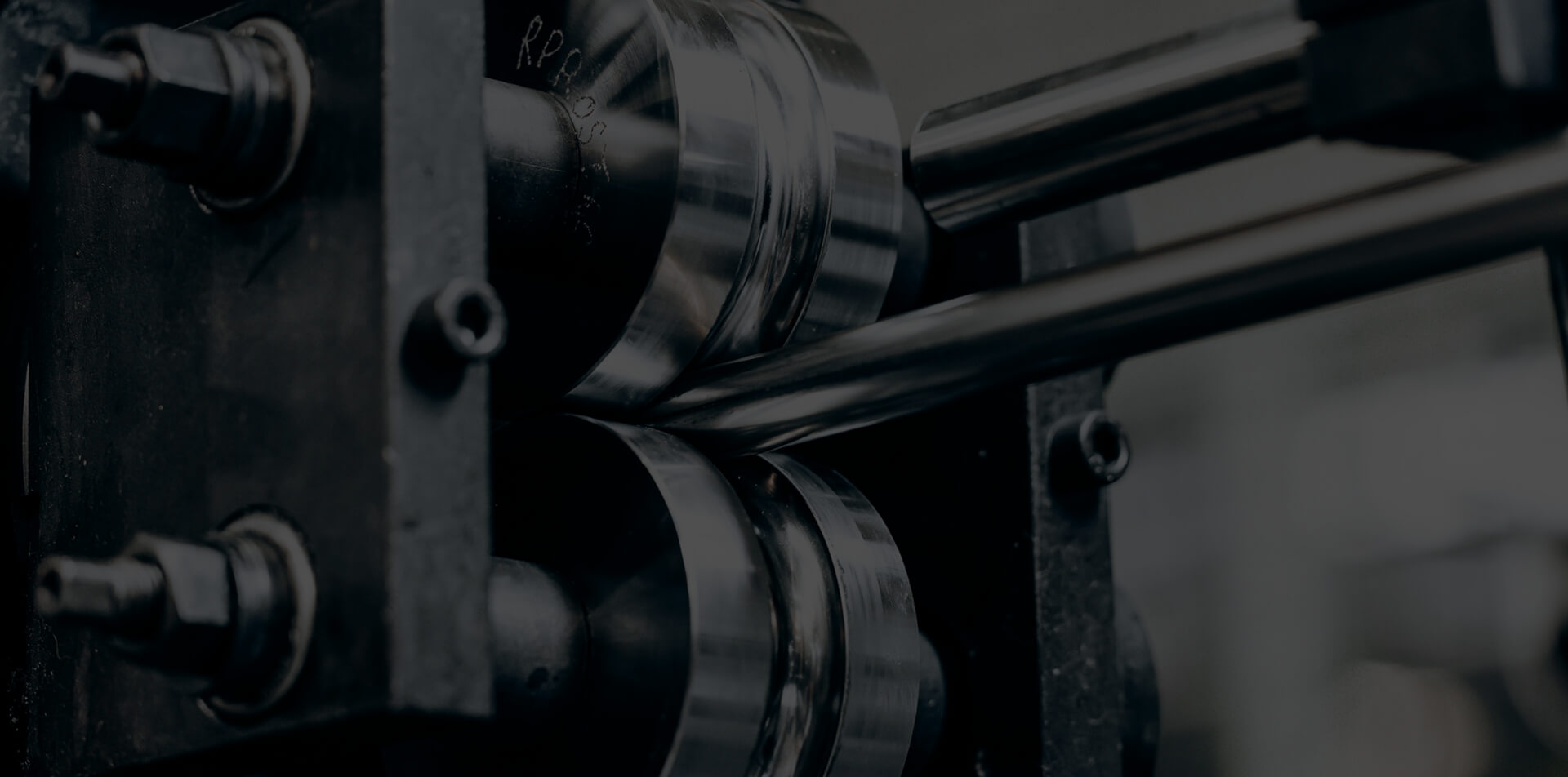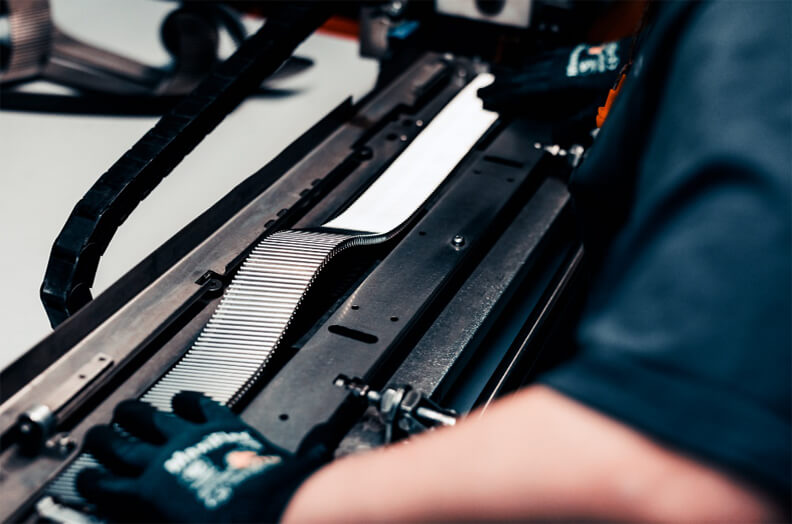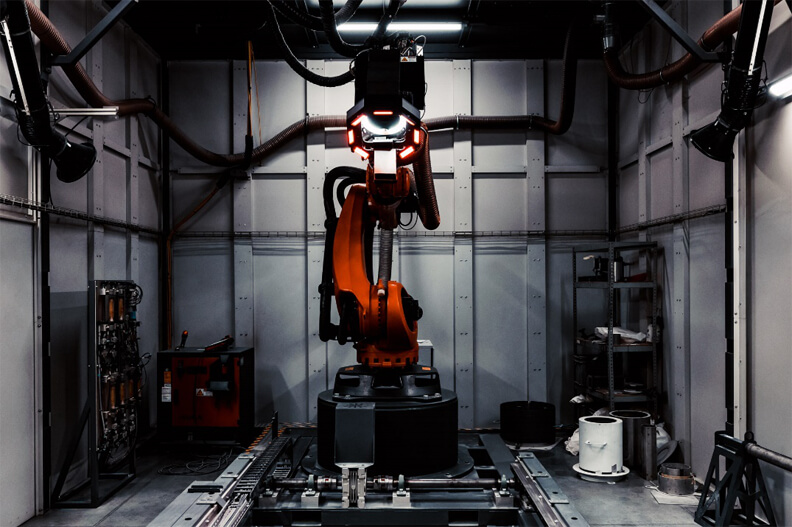
Our Technologies
Advanced technology is the fundamental driver for AHE’s business and innovative approach. It creates a firm connection between the way we develop and manufacture our products and the solutions that are primary to client needs.


From concept design to manufacturing technology, AHE is focused on innovation, engineering creativity, and product quality. With advanced in-house technology resources, AHE can supply a diverse range of industries and applications with custom-made products. We believe technological solutions are here to boost our unique combination of engineering expertise and production capabilities. Every project requires a dedicated approach and carefully selected technology to deliver nothing less than product excellence. Here are the technologies our engineers, developers and production teams work with.

Our Computational Fluid Dynamics (CFD) tools provide in-depth insight into heat exchanger performance, allowing us to simulate, validate, and optimize every design — ensuring maximum thermal efficiency and structural reliability from the start. With years of experience, our in-house CFD team provides detailed simulations to understand fluid flow patterns, heat transfer rates, and pressure drops. By utilizing complex mathematical equations and numerical methods, our CFD experts accurately model the behavior of fluids and predict their interaction with heat exchanger surfaces. CFD analysis allows our engineers to optimize heat exchanger design, improve thermal performance, and ensure efficient operation.

Our tube manufacturing technology is a critical aspect of heat exchanger production, as it directly influences the performance, durability, and efficiency of the heat transfer process. We use various techniques to manufacture heat exchanger tubes. Each of them offers different, unique advantages. Welded tubes are created by rolling or welding together flat strips of metal into a tubular shape. This method offers cost advantages and allows for greater flexibility in terms of tube dimensions and lengths.

Steel forming technology at AHE enables the production of complex shapes and designs required for efficient heat transfer. We use various steel forming techniques to shape the metal into the desired form for heat exchanger components, such as fins, tubes, headers, and shells. One of the steel-forming techniques we use is roll-forming. Roll-forming involves passing a flat strip of steel through a series of rollers, which gradually shape the strip into the desired profile.

Laser welding is a process that uses a laser to produce a high-energy beam of light that is directed at the joint between two metal components. The heat generated by the laser beam melts the metal at the joint, allowing the two components to be fused together. Laser welding is a fast and precise process that can produce narrow welds with minimal distortion and a small heat-affected zone. It does not require filler material and can be used to join a wide range of metal alloys.

At AHE, we use vacuum brazing to join thin, closely spaced components whenever it is faster than welding or welding is not possible. Vacuum brazing is a metalworking process that involves bonding two or more metal components together using heat and filler material. The process is performed in a vacuum chamber, which removes air and other gases that could interfere with the bonding process.

Diffusion bonding involves joining two metal surfaces by causing the atoms on the surfaces to migrate across the interface and intermix with one another. The process takes place at high temperatures and pressures and does not require the use of a brazing alloy or other external filler material. We use diffusion bonding to build heat exchangers that stand out with the ability to operate at extremely high pressure while maintaining a compact design.